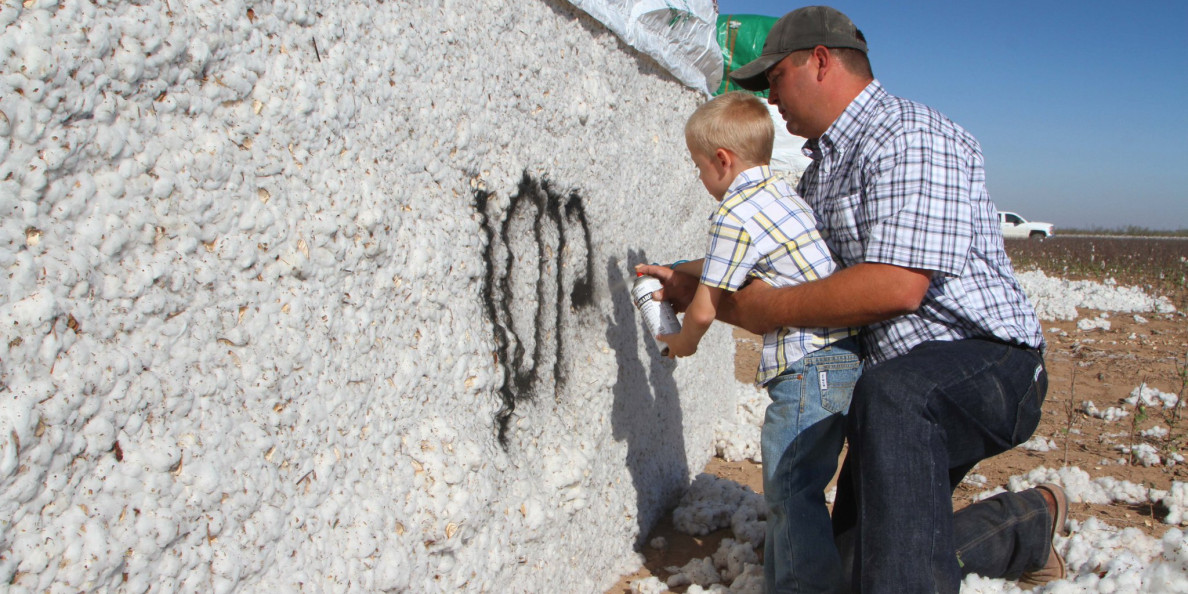Cotton Market Update for the Week Ending Friday December 7, 2018
The week ending Friday December 7 saw ICE cotton futures take off like a rocket on Monday, then return to earth, trade sideways, gyrate higher/lower/higher, before finally ending pretty much where they started. Fundamental influences included a return to weaker export sales, but not eroding the longstanding bullish picture of export commitments. Bullish supply fundamentals included an ongoing rainy harvest scenario in the eastern Cotton Belt. The most influential factor this week appeared to be relief from, and then doubt about, a declared truce in U.S.-China trade relations.
The Mar’19 contract settled on Friday at 80.23 cents per pound, up from 78.91 cents per pound one week earlier. The Jul’19 and Dec’19 contracts settled the week at 81.73 and 78.03 cents per pound, respectively. Chinese and world cotton prices were mixed this week.
A sample of option premiums on ICE cotton futures saw minor changes associated with similarly small changes in the the underlying futures. On Thursday, December 6, an in-the-money 85 cent put option on Mar’19 cotton was worth 7.00 cents per pound, while an out-of-the-money 75 put on Mar’19 cost 1.13 cents per pound. Looking way out there, a near-the-money 75 put on Dec’19 cotton settled December 6 at 3.56 cents per pound. Looking back, the gain in these put options since August shows how put options provide a mechanism for down-side price insurance. An out-of-the-money 85 call on Jul’19 cotton was worth 3.21 cents per pound on December 6.
This week provides another example of the ever present risk of unexpected market volatility. It can happen in both directions. For example, a more concrete resolution to U.S.-China trade relations, or another surprisingly large cut in U.S. production, or something else totally unexpected could trigger speculative buying. As always, the most relevant question is whether a cash contract or a hedge on today’s futures price will be a profitable, or at least survivable, price floor.
Given all these uncertainties, growers should always be poised and ready to take advantage of rallies, and protect themselves from sudden sell-offs. Forward contracting of new crop bales, immediate post-harvest contracting of old crop bales, and/or various options strategies can be used to limit downside risk while retaining upside potential. Hedges with puts or put spreads on Mar’19 futures can be used to provide near term protection of old crop bales through the harvest season. Contracted 2018 bales could be combined with call options on the deferred futures contracts. Call option strategies have become increasingly affordable with the recent decline in the futures market. New crop put strategies to hedge the 2019 crop are a straightforward and relevant approach.


